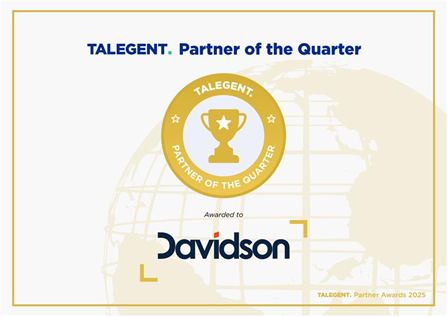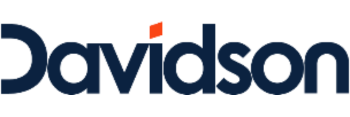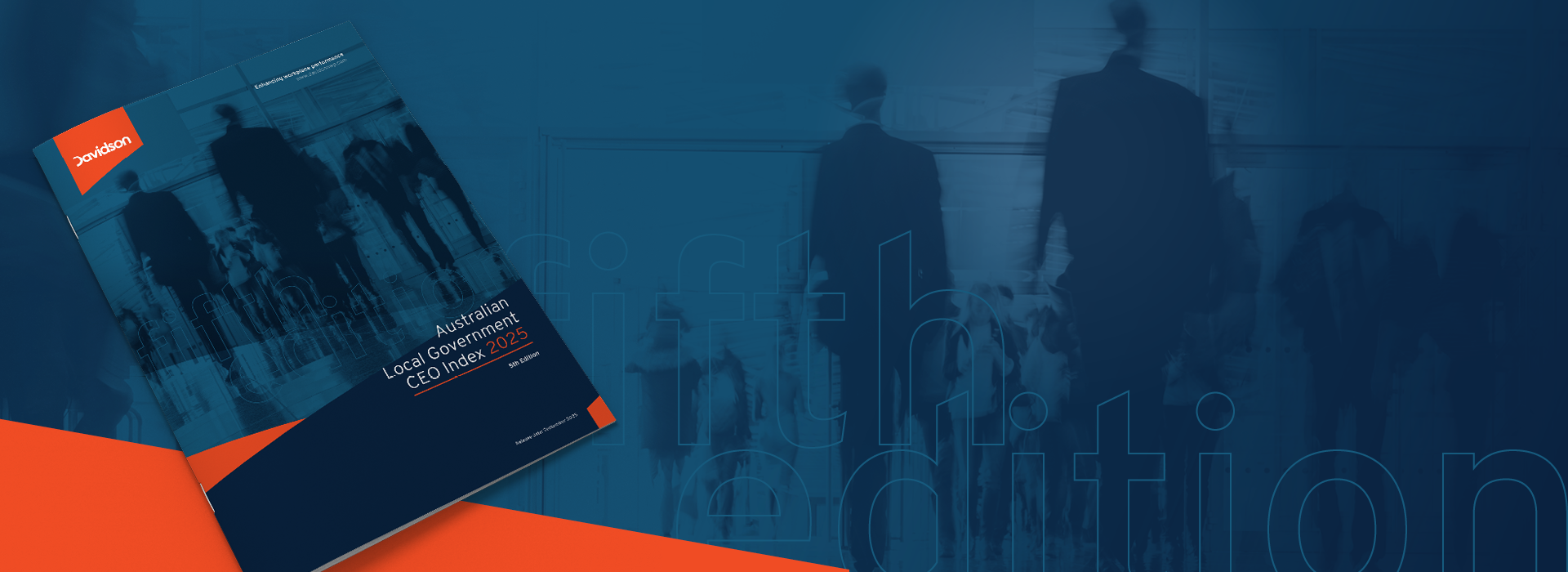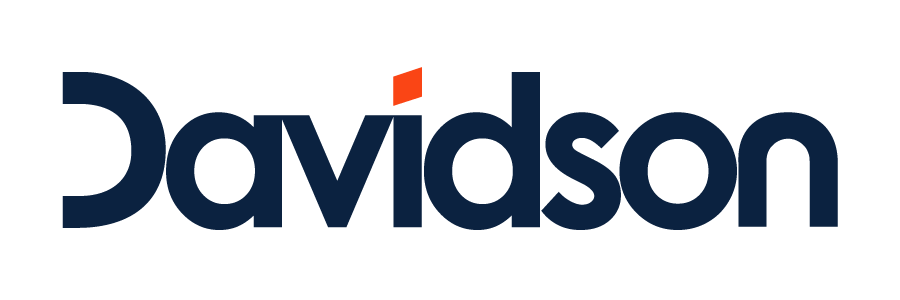Accelerating the employee experience through journey mapping
Journey mapping, it’s a term much more synonymous with Sales and Marketing than it is with HR. Organisations often invest a lot of time and money into mapping out every touchpoint they have with customers to try and improve or perfect these interactions, yet few organisations do the same with employees.
Think about the current listening strategy you have in place for your employees – let me hazard a guess that you currently undertake an engagement survey (Maybe annually? Quarterly at a stretch?) to understand the state of employee engagement at that point in time of your business.
Are you really picking up on the moments that matter most to your employees?
Even with semi-regular touchpoints throughout the year, your employees are going to be at different stages of their overall employee journey, so it’s near impossible to truly gauge how their experience is shaping how they think, feel and act towards the business.
So what can we be doing differently to create a more meaningful experience?
Enter journey mapping and more active listening.
Similar to journey mapping of the customer – the process involves mapping out critical stages across the entire employee life cycle for different personas to direct where we need to seek feedback to understand how to improve pain points across their journey.
Not sure where to begin, or how it all fits in? I’ve outlined some steps to get you started.
1.Know your business strategy
Like most initiatives, start with your business strategy. Your employee experience needs to align with where you’re heading and knowing what behaviours, attitudes and initiatives will support you to get there.
Moreover, when your employee experience is aligned with your priorities and differentiators (distinctive to your business) employees will likely be more deeply connected to your brand and more motivated to promote your offering to customers and clients.
2. Identify critical roles to segment the unique journeys
It’s likely that your organisation will have a multitude of segments - that in itself can often be a barrier to starting this process. So I recommend looking to your data to find out where to begin.
- High turnover within customer-facing roles in the first year?
- Higher levels of disengagement in technical roles after 2-4 years?
- Low number of employees returning to work post parental leave?
- Market data highlighting the hardest roles to fill in your industry?
- Using this information you can start to form hypotheses, choose the critical roles to create personas and start to map their EX.
Side note – don’t use demographics as the sole way to segment your employees, this will only cause you headaches.
3. Create personas and gather perspectives in the employee journey
This is the stage where you start to get input from different parts of the business to create personas. My preferred methodology to gather this information by taking a human-centred design approach, using focus groups or workshops to empathise and ideate.
This process should start to form a picture of the behaviours, motivations, values, needs at the critical points. You will start to identify current challenges this persona might experience across the cultural, physical and technology environments and where the opportunities are to close the experience gap.
*Hot tip to remember – their experience with your organisations starts before day one and continues past their final day.
4. Decide on the feedback system for your listening strategy
To get a true understanding of the experience in the moments that matter, decide on the mechanism that will provide your employees an opportunity to give feedback at that point in time. More likely to be in the form of a quick survey – find a way that you can use automation and how you can provide managers with the real-time data (data should not be siloed to HR!).
5. Implement and embed
Once you’ve gathered feedback you can start to co-create ideas to improve the employee experience at the respective points and start to make changes.
As part of the longer-term view, I would also recommend that you consider how you will demonstrate the measurable impact your interventions by connecting back to your engagement measures and operational data. (So when you're looking for a feedback system, ask this question as well)
My parting thoughts -
Before we get too excited about our employee personas and shiny new feedback approach, it’s important to remember that you actually have to do something with the feedback you’re provided.
I’m the first one to get excited about the bigger picture but we need to balance that with the reality of businesses. I encourage everyone to make sure, that from the beginning, you have a clear plan to turn continuous listening in to continuous action. It’s ok to start small (maybe just the one point in time) then build up to more.
It is an ongoing process to continually evolve the employee experience, but with a consistent approach, the results will be worth it.
Want to know more? Please reach out, I’d love to talk to you about enhancing your employee experience!
Katie Hamilton , Senior Consultant - Client Solutions
Contact (07) 3023 1058 or via email: katie.hamilton@davidsonwp.com
Share this content
